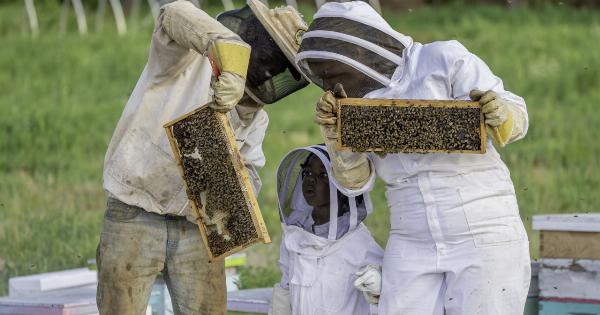Sexual relationships between lovers have evolved significantly over the years. One notable aspect of this evolution is the increasing acceptance and exploration of sexual danger within these relationships.
The traditional perception of sexual encounters as safe and predictable has given way to a more adventurous and exhilarating mindset, where individuals seek to push boundaries and engage in activities that carry an element of risk.
The Risks of Sexual Exploration
Engaging in sexually dangerous activities can include a wide range of practices. From light bondage and role play to more extreme endeavors such as public sex or BDSM, individuals are increasingly open to exploring the realms of sexual danger.
These activities provide a sense of excitement, adrenaline, and intensified pleasure that can enhance the sexual experience for many individuals.
However, it is essential to acknowledge that engaging in sexual danger comes with inherent risks. Consent, communication, and trust are crucial elements in ensuring a healthy and safe sexual encounter.
Without proper understanding and agreement between partners, sexual danger can quickly escalate into harm or trauma.
Exploring Boundaries through Communicative Consent
One of the foundations of engaging in sexual danger is the concept of communicative consent. Consent should extend beyond the initial agreement to engage in particular activities and should be renewed regularly throughout the encounter.
Establishing clear boundaries, discussing safe words, and nurturing open lines of communication allow both partners to express their desires, discomforts, and concerns.
The escalation of sexual danger should always be gradual, with partners continuously checking in to ensure their comfort levels.
This gradual progression allows individuals to gauge their boundaries, explore new territories, and negotiate activities that align with their desires and limitations.
Trust and Vulnerability
Engaging in sexual danger requires a significant amount of trust between lovers. It involves exposing oneself to vulnerability, both physically and emotionally.
Trust strengthens the bond between individuals, creating a safe space where partners can freely express their fantasies, desires, and fears.
Building trust takes time and open communication. It requires partners to actively listen, understand, and respect each other’s boundaries. Engaging in sexual danger without trust can lead to feelings of betrayal, anxiety, and even harm.
Trust allows lovers to elevate their experiences, pushing boundaries with confidence, knowing that their partner has their best interests at heart.
The Role of Consent and Communication in Safe Practices
Consent and communication play pivotal roles in ensuring safe practices during sexual danger encounters. Partners must have ongoing conversations about safety measures, potential risks, and emergency protocols.
Establishing these guidelines beforehand empowers individuals to embrace sexual exploration while mitigating potential harm.
It is important to remember that consent can be withdrawn or modified at any point during a sexual encounter. The presence of a safe word or non-verbal signal allows either partner to pause or stop the activity immediately.
This reaffirms the importance of open communication and fosters an environment of mutual respect.
The Psychological Aspect of Sexual Danger
Irrespective of the physical risks involved in sexual danger, the psychological aspect cannot be overlooked. Engaging in activities that carry an element of danger heightens adrenaline, endorphin release, and psychological excitement.
For many individuals, this heightened state adds an intense dimension to their sexual experiences.
However, it is crucial to highlight the distinction between consensual sexual danger and non-consensual harm. Consensual participation signifies that both partners actively agree to engage in activities and are aware of the potential risks involved.
Non-consensual harm, on the other hand, occurs when one party inflicts unwanted pain or crosses boundaries without the other party’s consent.
Exposing the Dark Side: Recognizing and Addressing Abusive Behavior
While the acceptance and exploration of sexual danger between lovers can be a positive development, it is crucial to remain aware of the potential for abuse.
Recognizing the signs of abusive behavior ensures that individuals can identify problematic patterns and take necessary actions to protect themselves.
Consent should always be informed, enthusiastic, and freely given. Any instance where one partner coerces, manipulates, or forces the other into engaging in sexual danger is a clear violation of boundaries and consent.
Trust should never be exploited, and no individual’s physical or emotional well-being should be compromised for the sake of sexual exploration.
Maintaining Safety and Respect in Sexual Danger
While exploring sexual danger can be an adventurous and fulfilling experience, it is paramount to prioritize safety and respect. Here are some guidelines to ensure a healthy and consensual experience:.





























